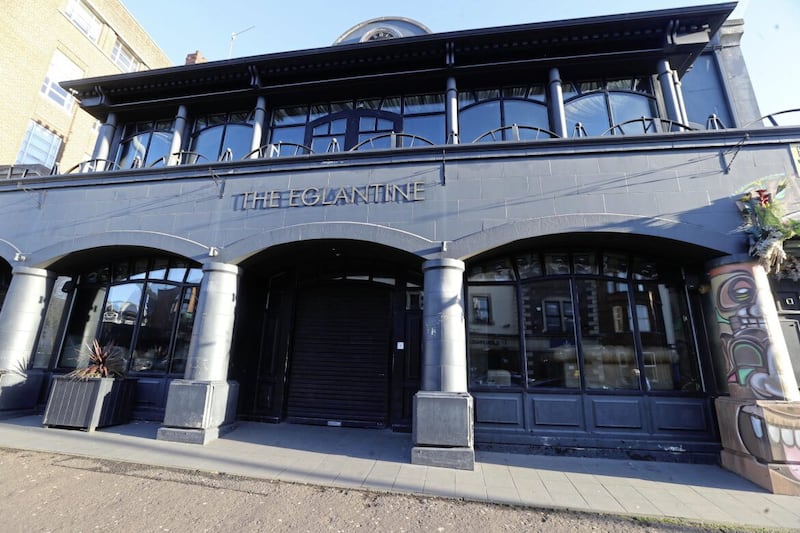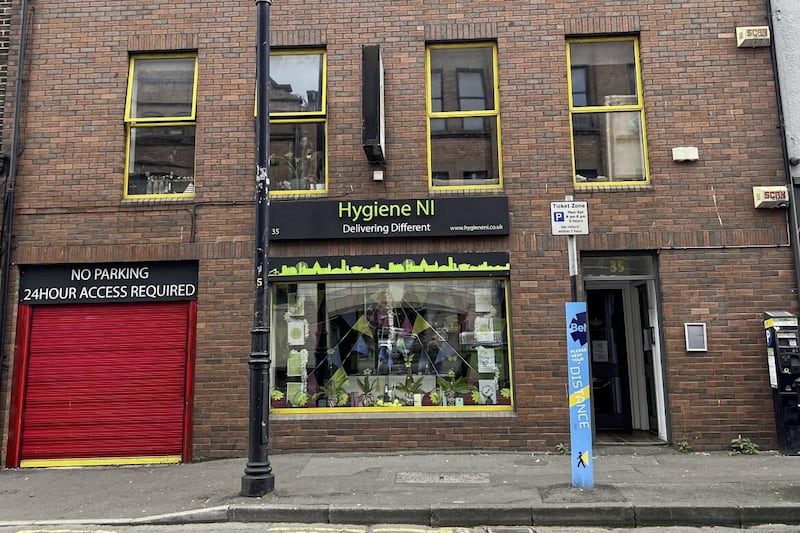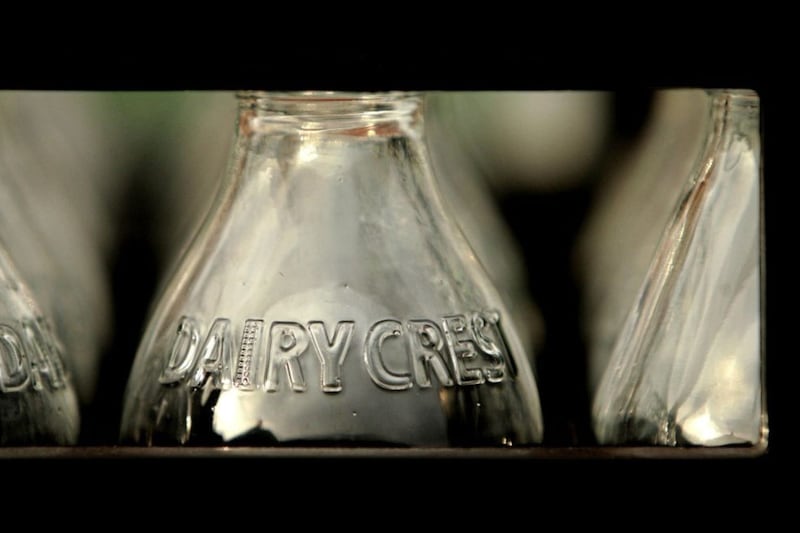The Clover hospitality group has reopened the former Eglantine Inn in South Belfast after investing £3 million in the purchase and refurbishment of the well-known pub.
Now known as Post House, the Malone Road venue was acquired by Clover in September 2022, joining its extensive pubs portfolio that includes Whites, Henrys, Fountain Lane, Margot, Pug Uglys and The Bone Yard.
Clover has recruited 30 hospitality staff for Post House, which is being positioned as a sporting and entertainment venue by the group.
Group director, Mark Beirne, said: “I am very proud of the Clover team and our partners who have worked so hard over the last year to restore this important and stunning bar.
Read more:
- Bunsen: Gleesons to open second burger restaurant in Belfast
- Belfast man behind Big Apple's best Irish bar reveals new pub planned for Washington DC
- New plans to revive Caledon Arms Hotel as restaurant and brewery
- Belfast hospitality group Clover launch bid for new Cathedral Quarter hotel and pub
“The Post House has a rich and long standing history in the south of the city and as the current custodians I am confident that we have creatively restored the bar, breathing new life into the area and providing a superb venue for an eclectic clientele.”
O’Donnell O’Neill developed the design concept, which is based on the building’s history as a Victorian post house, while Dickson Fitzgerald Architects designed the new bar.
“We were delighted to continue our working relationship with Clover Group and see this iconic venue refurbished and revitalised,” said John Fitzgerald.
“The brief from Clover was to redesign the building to better reflect its origin as a Victorian post house, and we are very excited with the end product.
“Our plans involved removing the entire modern front façade and rebuilding a traditional elevation in brick with windows and door patterns reflecting those of the adjacent David Kier building.”






